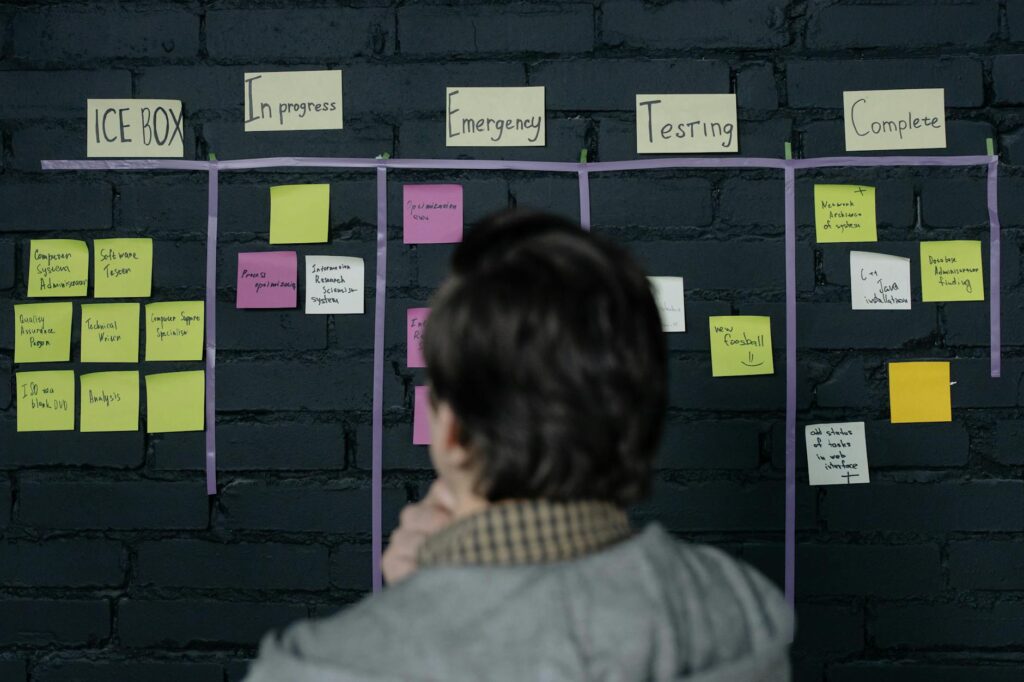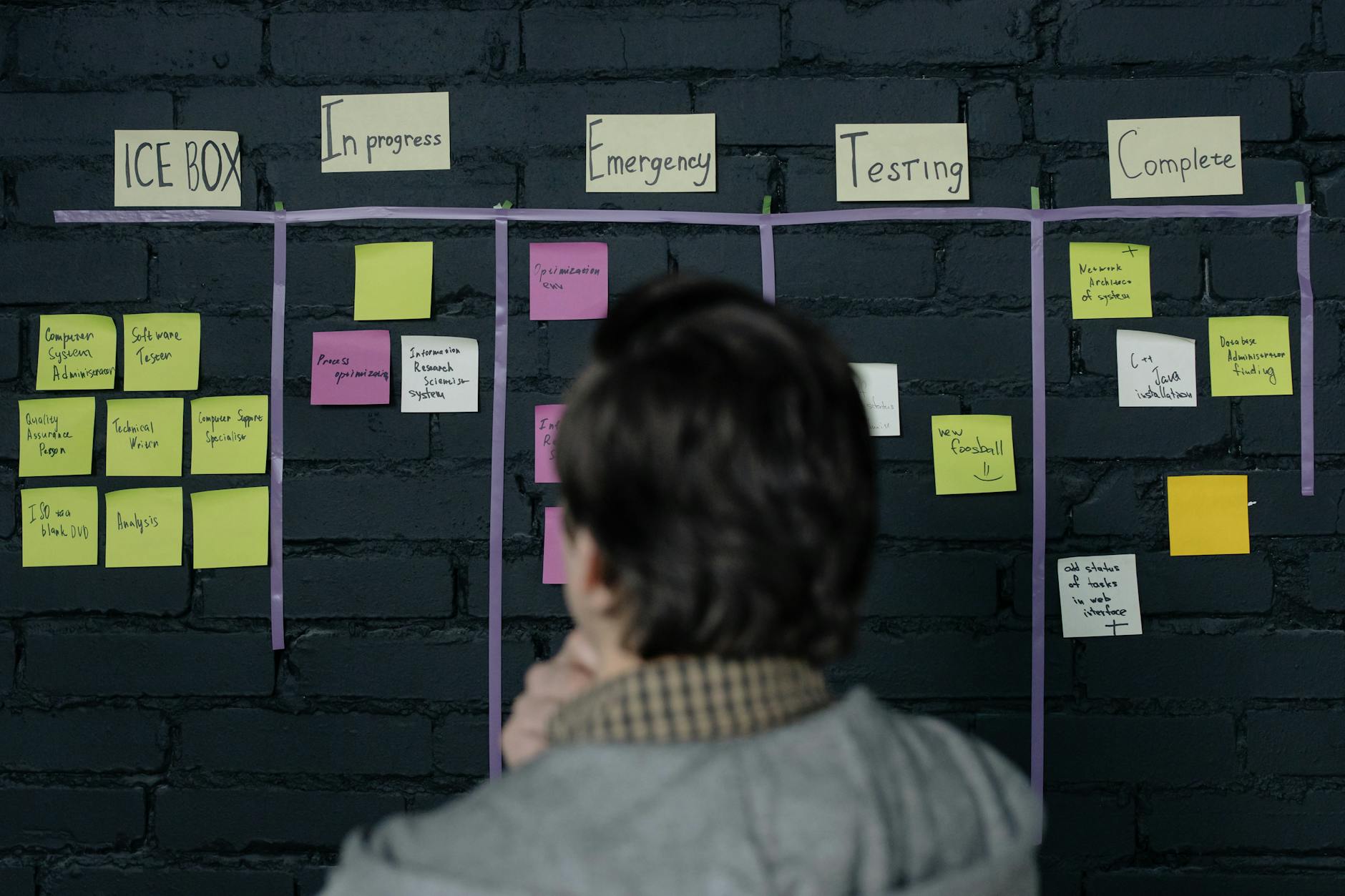What is creative workflow optimization?

What is creative workflow optimization?
Creative workflow optimization is a strategy that focuses on enhancing the processes involved in creative projects. By fine-tuning how a team generates ideas, collaborates, and executes tasks, organizations can boost both productivity and creativity. In today’s fast-paced work environment, optimizing creative workflows is essential for achieving high-quality results without unnecessary delays.
Imagine a painter who has all the colors they need but struggles to mix them efficiently. Without a streamlined process, the final artwork may never reach its full potential. Similarly, creative teams need effective workflows to unleash their creativity and deliver outstanding results.
Understanding Creative Workflow Optimization
Creative workflow optimization is more than just organizing tasks; it’s about refining the entire creative process. Unlike general workflow optimization, which applies to various business operations, creative workflow optimization delves deep into the unique challenges faced by creative teams. This includes understanding the nuances of creative work, such as brainstorming sessions, design iterations, and receiving feedback.
The Elements of Creative Workflow
A well-structured creative workflow consists of several core components:
-
Idea Generation: This is the brainstorming phase where new concepts are born. Techniques like mind mapping and collaborative workshops can help spark creativity.
-
Execution: After ideas are generated, it’s time to develop them into tangible outputs. This could involve writing, designing, or coding, depending on the project.
-
Feedback: Gathering input from team members and stakeholders is crucial. Constructive criticism can refine the final product and enhance its quality.
By focusing on these elements, teams can create a more fluid and dynamic creative process.

Photo by cottonbro studio
The Benefits of Optimizing Creative Workflows
Optimizing creative workflows leads to numerous advantages:
- Increased Efficiency: When processes are streamlined, tasks are completed more quickly, allowing teams to focus on what they do best—being creative.
- Improved Collaboration: A clear workflow fosters better communication among team members, reducing misunderstandings and enhancing teamwork.
- Enhanced Creative Output: With optimized processes, teams can produce higher-quality work, resulting in projects that resonate better with their audience.
For a deeper look at the benefits, you might explore resources like Smartsheet.
Strategies for Implementing Creative Workflow Optimization
To get started with creative workflow optimization, consider these actionable strategies:
Assessing Your Current Workflow
Before making changes, it’s essential to evaluate your existing workflow. Identify bottlenecks that slow down the creative process. Ask yourself:
- Are there points where projects frequently stall?
- Is communication between team members effective?
- Do team members feel overloaded with tasks?
By pinpointing these issues, you can develop targeted improvements.
Incorporating Technology and Tools
Technology can play a significant role in optimizing creative workflows. Tools like project management software and collaboration platforms can help teams stay organized. For example, applications like Trello or Asana allow for easy project tracking, while tools like Slack facilitate real-time communication.
Exploring the features of Planable can also provide insights on how to manage creative workflows more effectively.
Encouraging a Creative Culture
Creating a supportive work environment is crucial for enhancing creativity. Encourage team members to share ideas freely without fear of criticism. Recognize and celebrate creative successes, no matter how small. A positive culture fosters innovation and drives engagement.
Case Studies and Examples
Seeing how others have successfully optimized their creative workflows can provide inspiration.
Creative Agencies
Many creative agencies have adopted workflow optimization techniques to manage projects more effectively. By establishing clear roles and responsibilities, agencies can streamline processes. This not only improves client satisfaction but also boosts team morale. The steps outlined in Ziflow’s guide can illustrate how agencies implement these practices.
Tech Startups
Tech startups often face the challenge of rapid development cycles. To enhance innovation, they optimize workflows by incorporating Agile methodologies. This approach allows teams to adapt quickly to changes and encourages iterative development. You can learn more about this in Lucidlink’s blog.
Conclusion: The Future of Creative Workflow Optimization
As the landscape of work continues to evolve, creative workflow optimization will remain vital for teams aiming to enhance productivity and creativity. By embracing strategies that focus on refining processes and fostering a supportive culture, you can unlock your team’s full potential.
The journey toward optimizing creative workflows is continuous. Every step taken not only improves efficiency but also enriches the creative experience. So, whether you’re part of a small team or a large agency, consider adopting these techniques to transform your creative workflow today.